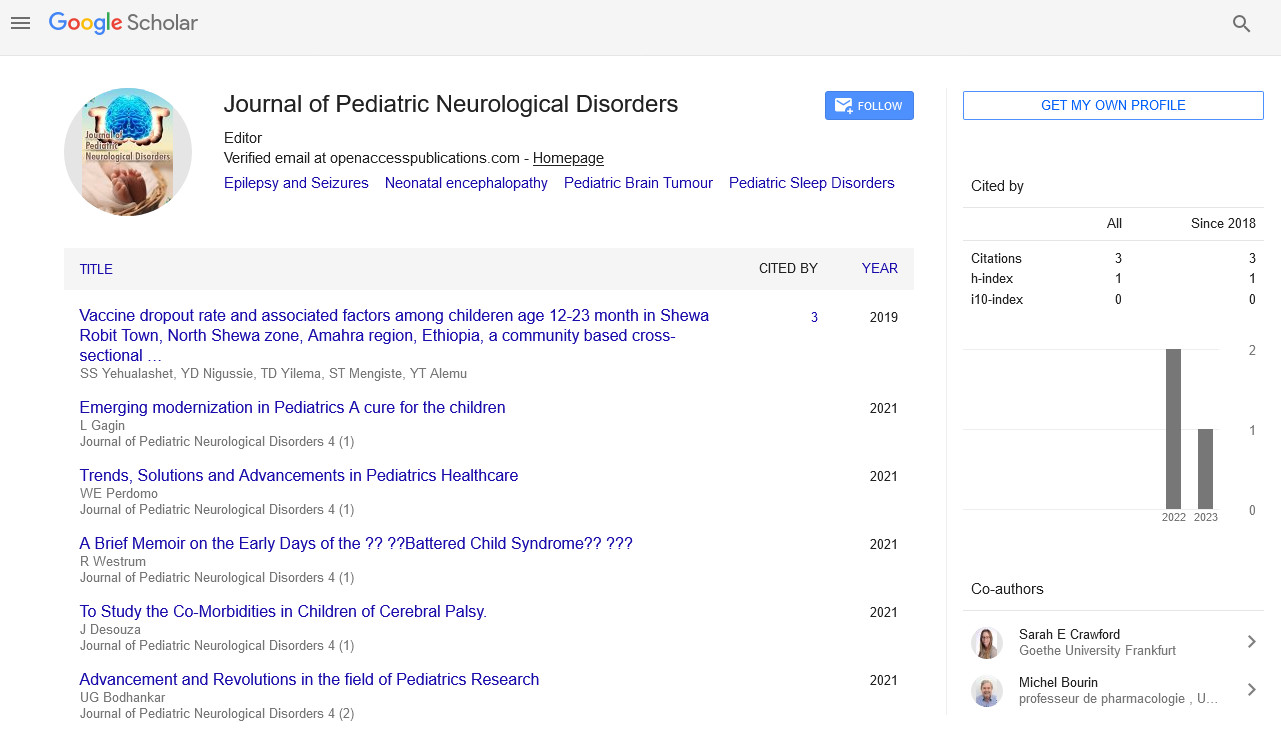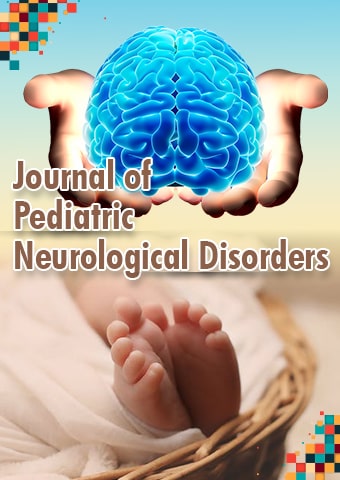Abstract - Journal of Pediatric Neurological Disorders (2021) Volume 4, Issue 3
Predictive value of renal oxygenation in the first day of life in premature infants with hemodynamically significant patent ductus arteriosus in early diagnosis of acute kidney injury
Borysova T.P
Dnipro State Medical University, Ukraine
Abstract
Statement of the Problem: Hemodynamically significant patent ductus arteriosus (HSPDA) leads to the phenomenon of “stealing” the systemic circulation and renal hypoperfusion, which can contribute to the development of acute kidney injury (AKI) in premature infants. Near-infrared spectroscopy (NIRS) method of renal oxygenation measurement on the first day of life may be useful in identifying the risk group for AKI in these patients. Aim of the study - to assess the prognostic value of renal oxygenation in the first day of life in premature infants with HSPDA in the early diagnosis of AKI.
Methodology & Theoretical Orientation: We examined 74 premature babies (gestational age 29-36 weeks). The patients were divided into three groups: group I - 40 children with HSPDA, group II - 17 children with a patent ductus arteriosus (PDA) without hemodynamic disorders, group III - 17 children with a closed ductus arteriosus (CDA). Diagnosis of AKI were carried out according to the criteria of neonatal modification KDIGO. Regional renal oxygenation (RrSO2) was monitored using NIRS.
Findings: AKI on the third day of life was diagnosed in 52.5% of children with HSPDA, which is 2.2 times more often than in children with PDA without hemodynamic significance (p<0.05) and 4.4 times more often than with CDA (p<0.007). Extremely low levels of RrSO2 on the first day, associated with the development of AKI on the third day, in the group of HSPDA+AKI were registered in 49-52%. In children with HSPDA who developed AKI by the third day of life, the RrSO2 index in the first day of life was 56.1±4.5% versus 63.9±9.72% in children without AKI (p<0.01). An inverse correlation was established between the RrSO2 indicator on the first day of life and the blood creatinine concentration on the third day of life (ρ = -0.434, p˂0.02).
Conclusion & Significance: Low renal oxygenation at NIRS in the first day of life is associated with the development of AKI on the third day of life in premature infants with HSPDA.
Publications
1. Cytomegalovirus esophagitis in an adolescent with human immunodeficiency virus infection: a clinical case.
2. On the issue of secondary renal amyloidosis in juvenile rheumatoid arthritis in children
3. Urinary tract infection in children. Pyelonephritis. Diagnostic approaches and therapeutic tactics in primary health care.
4. Prediction of early diagnosis of acute kidney injury in premature infants with hemodynamically significant patent ductus arteriosus.
5. The effect of chronic infection foci in the mother on the development of acute kidney injury in premature infants with hemodynamically significant patent ductus arteriosus.
Biography
Tamara Borysova - MD, PhD, Professor, Head of the Department of Pediatrics 2, Dnipro State Medical University (Ukraine). Since 1985 I have been working in Children Diseases’ Chair at the beginning as professor’s assistant, then as associate professor (docent) and from 2006 as professor in Donetsk State Medical University. Since November 2014 have been working in the Dnipro State Medical University. I have 36 years teaching experience. For many years I was the consultant in Donetsk Regional Children Hospital and supervisor of Pediatric Nephrology Department. Since 2014 I am the consultant in Dnepropetrovsk Regional Children Hospital. I am a member of Association of Pediatrics of Ukraine, European Society of Pediatric Nephrology/International Pediatric Nephrology Association. I have more than 300 publications.

